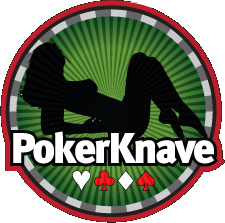Further proof that there are no absolute rules in poker
Here is a surprising hand from the €20,000 High Roller holdem tournament in Deauville. As you’d expect with that buy-in, the field is small, intense and serious.
With blinds of 150-300 and all players deep-stacked, Juha Helppi raised to 750 under the gun. Helppi is the fiendish Finn, the man I can never beat; thankfully, I wasn’t in this pot. In fact, it is a sign of my respect for Helppi that four players called him and I didn’t.
The flop came K 5 6 rainbow. Helppi bet out 3,000. Everyone folded except Jan Skampa, winner of the Prague EPT, who had the button.
The turn was a seven, still no flush possibilities. Helppi checked and Skampa bet 7,500. Helppi smooth called.
The river was an irrelevant two. Helppi checked again and Skampa bet 15,000. Helppi thought and thought and thought. He apologised for the delay. He thought some more. Finally he passed . . . face up . . . a set of fives.
Helppi clearly felt that Skampa could not make this play without 34 for the straight, or a set of sixes (either of which was possible, given the action). Other options were a pure bluffing “float”, or (as Skampa later claimed he had), 78 for one pair and a missed straight.
Rightly or wrongly, I would have called on the river. Dan Harrington says, “When I hear someone explaining how he passed a set after an intricate chain of reasoning convinced him he was beaten, my quick (but silent) reaction is ‘idiot’.”
As I know from expensive experience, Helppi is no idiot. And there are no absolute rules in poker. But I find Harrington’s as close as any: if you flop a set, put your money in. If your set is no good, you are simply supposed to lose a big pot.

